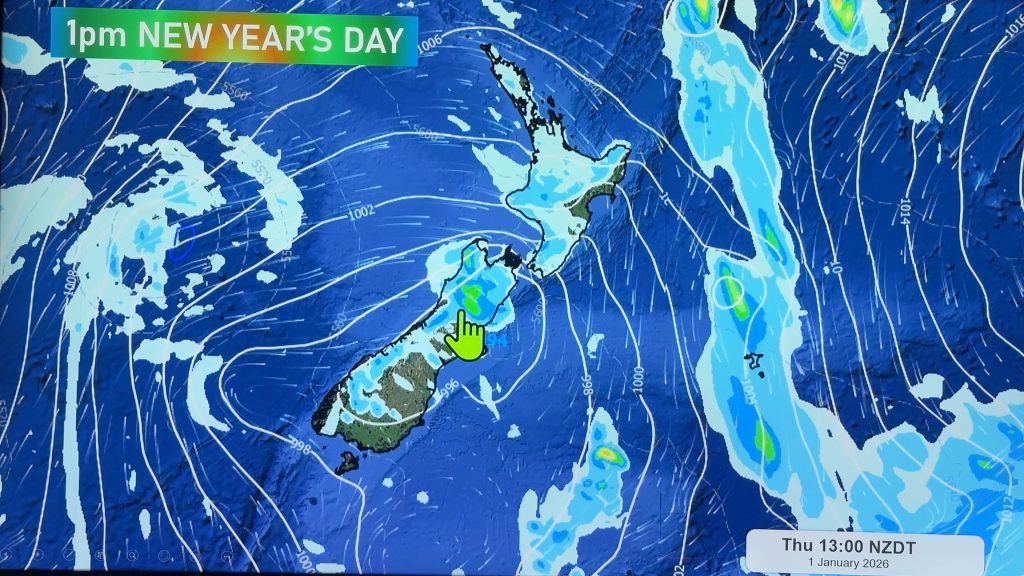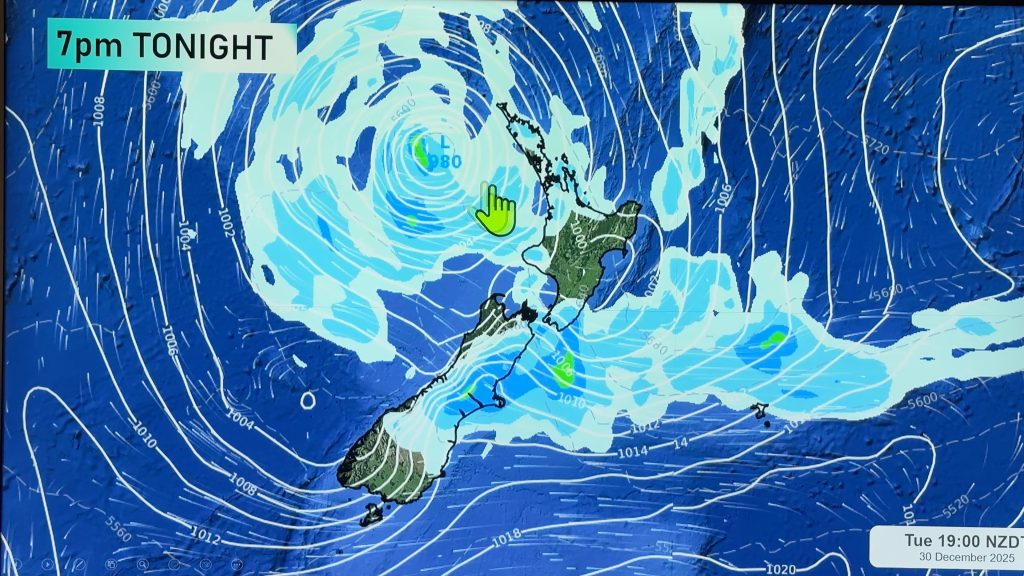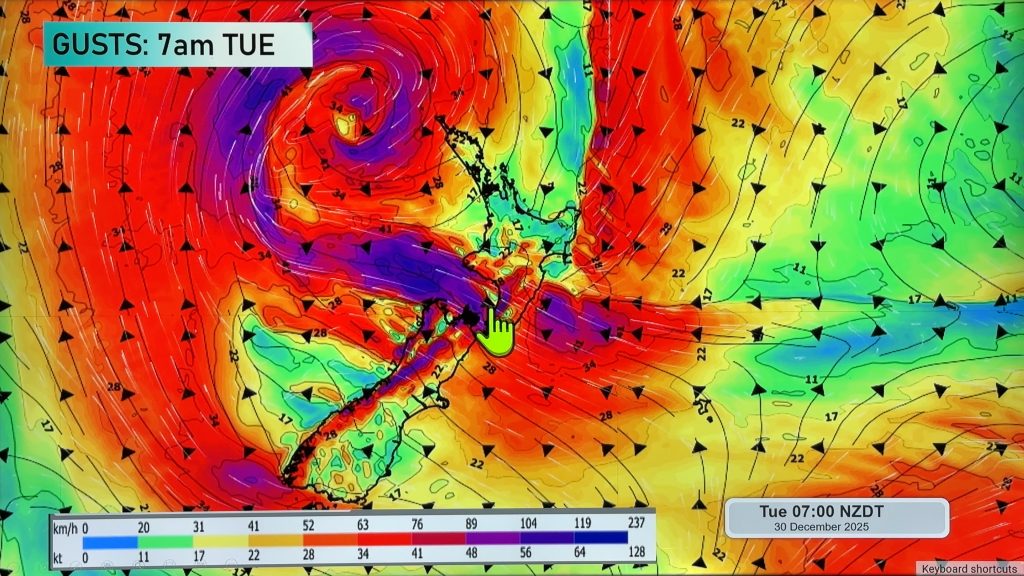
> From the WeatherWatch archives
An asteroid which is to hurtle close to the Earth Saturday morning may experience a seismic jolt as it passes through our planet’s gravitational field, scientists suggest.
- The 45m asteroid, named 2012 DA14, will fly by at 7.8 km/s at a distance of just 27,000 km from Earth.
- It will be visible in New Zealand skies from about 2.30am (although not with a naked eye), but will make its closest approach to the Earth about 8.25am.
- It is forecast to be the closest recorded asteroid, passing well inside the geostationary ring, where many communication satellites are located.
While Earth has experienced many tremors from asteroids striking our planet, new research by Richard Binzel, a professor of planetary science at the Massachusettes Institute of Technology, suggests many near-Earth asteroids experience a seismic jolt when they pass too close to our planet’s gravitational field.
“We are going to be looking closely for evidence of seismic activity on 2014 DA14 as it passes by,” Binzel said. “This is the first case of an object coming close enough to experience quakes and where we have enough notice to plan observations.”
The idea of asteroid-quakes came to Binzel when he was pondering a mystery about “space-weathered” asteroids.
“As asteroids move through space, they slowly turn dark-red. This phenomenon, called ‘space weathering’, is caused by long exposure to cosmic rays and solar radiation.
For decades, however, we have known about a handful of small asteroids that looked [light and fresh]; they were not space weathered.”
Calculating the orbits of the non-weathered asteroids, Binzel and colleagues discovered they had all had close encounters with Earth in the past million years.
“We believe they were ‘shaken up’ by their encounters with Earth,” he said.
“Gravitational forces during the flybys can stretch, rattle, and torque these asteroids, causing dark, space-weathered material on the surface to be overturned, revealing the fresh stuff underneath.”
Unlike on Earth, there is no Richter scale for asteroids. Instead, Binzel measures the force of the quakes in units of gravitational acceleration, or gees.
“These asteroids experience [seismic activity] in the milli- to micro-g range,” Binzel said.
“That might not sound like much, but remember these are small bodies. Gravity is not very strong, so just a little shaking or stretching goes a long way.”
Binzel believed an asteroid floating beside an asteroid experiencing such a quake would see the surface “slowly sway or rock by a few centimetres”.
“Other things to look for would be puffs of asteroid-dust rising from the surface and gentle avalanches on the steepest slopes of craters.”
MIT post-doctorate Nick Moskovitz, who works with Binzel, is coordinating observations with worldwide observatories, including New Zealand’s Mt John Observatory, to determine the colour spin, shape, and reflectivity of 2012 DA14 as it passes by. Changes in any of these quantities might be a sign of a quake.
“We stand to learn a lot from the observations,” Binzel said.
– Homepage image / file, Todd O’hara
– nzherald.co.nz
Comments
Before you add a new comment, take note this story was published on 15 Feb 2013.





Add new comment
Anne on 15/02/2013 10:16am
The meteorite that hit Russia, is this just a coincidence or could there be some connection with the Asteroid?
Thanks.
Reply
WW Forecast Team on 15/02/2013 10:43am
Hi Anne, no it’s just an incredible co-incidence. At the time the meteorite hit Russia the asteroid was still a very, very, long distance from earth…the asteroid won’t be close to us until about 8:25am Saturday, when it will pass just closer to earth than many satellites – but still well away from us!
– WW
Reply